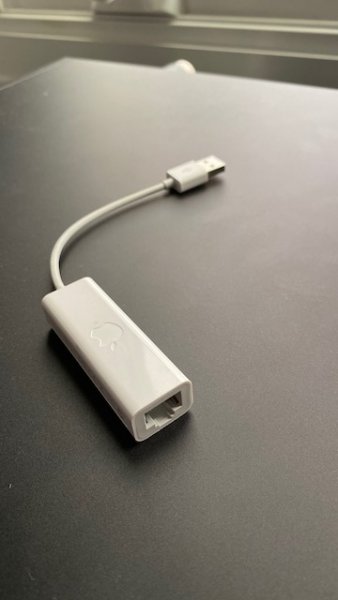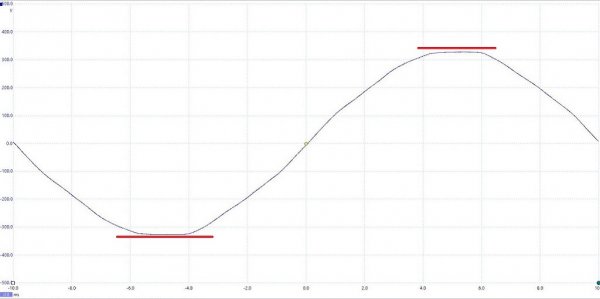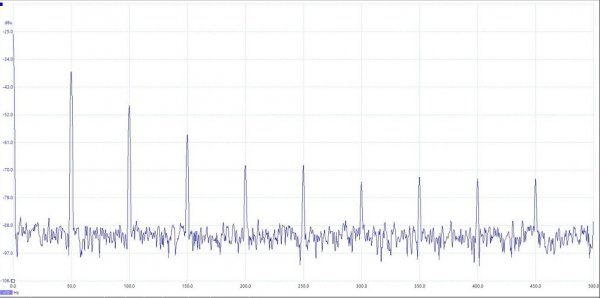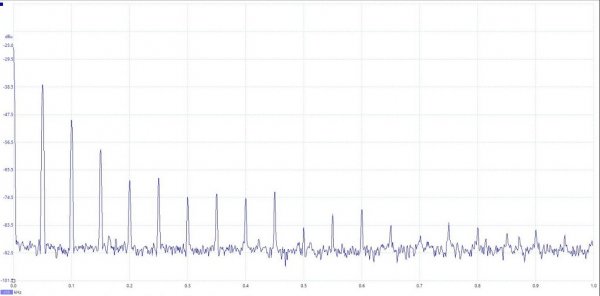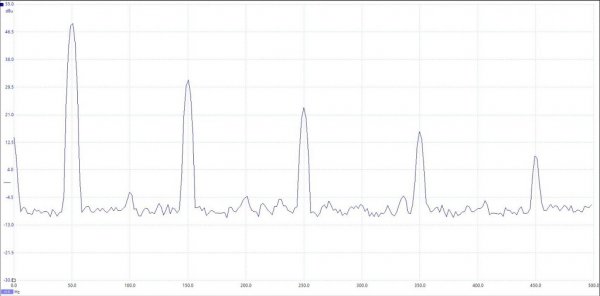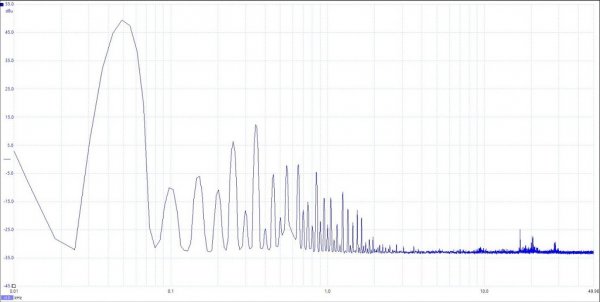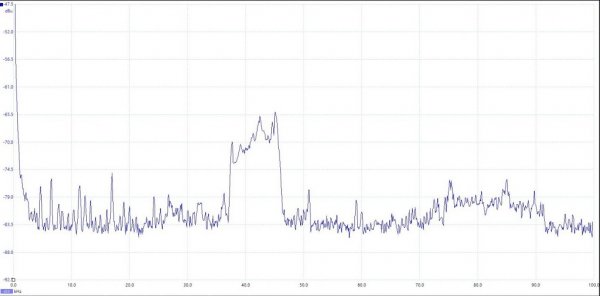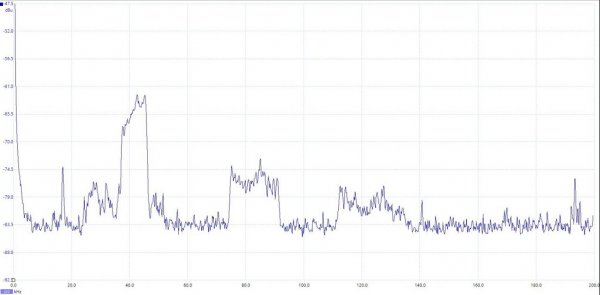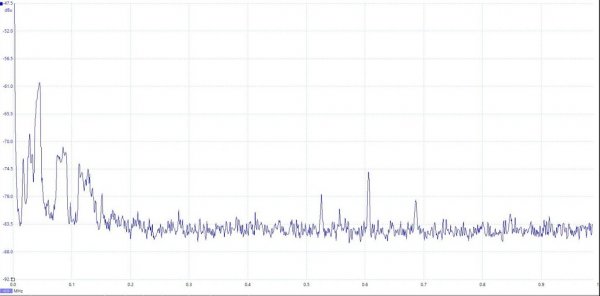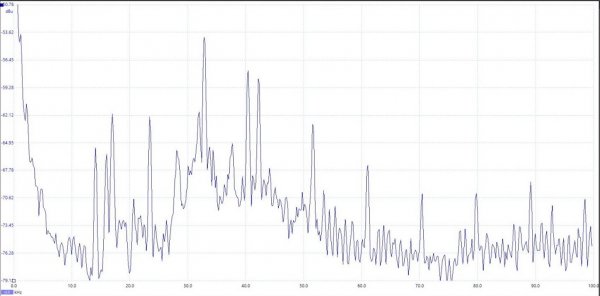Dear Emile
This is very educational. Thank you.
Did you try to repeat the graphs with Niagara or any other Balanced power solution to see its effect ?
Hi Kris,
No I did not, it is just a demonstration of the power grid side of things and what happens if you mix a variety of powersupplies.
A balanced powertransformer may have some attenuation at higher frequencies, an interwinding shield can help there. But you should also be aware that these measurements are on ground / safety earth, meaning it will pas straight through and the interwinding shield is not going to help as it is connected to the same safety earth ground, and the secondary center tap of the balanced transformer is as well.
The Niagara has CLC filters on AC live and Neutral, individually on each bank. I don't know the corner frequency, but it will likely attenuate some of the 40KHz + noise, it will probably do nothing for low frequency noise unless there's something special in there I'm not aware of. It does however also have a choke on each safety earth ground line which could potentially really help (again only for high frequency noise). These are all low pass filters, meaning low frequencies below the filter corner frequency is just going to pass through. But it's hard to predict how the X-caps (rated for live/neutral) and/or Y-caps (rated for L/N to safety earth ground), if fitted are going to interact with the connected power supplies.
So interestingly, low frequency noise like that generated by linear power supplies is very hard to attenuate on the AC side, SMPS noise is much easier to filter. However we do seem to be less offended by linear power supply generated noise then by SMPS generated noise.
If we generalise types of noise present we have:
white noise: the random errors are independent of each other, the spectrum of white noise is uniform
pink noise: the intensity of the noise decreases with the frequency
red noise: more of low frequency than the average
blue noise: more of high frequency than the average
We seem to be mainly interested in addressing blue noise and don't seem to mind red noise. If we want to make a controversial statement we could say we prefer to have, and may even like red noise. I will now officially distance myself from having made that statement, consider it posted for entertainment value












